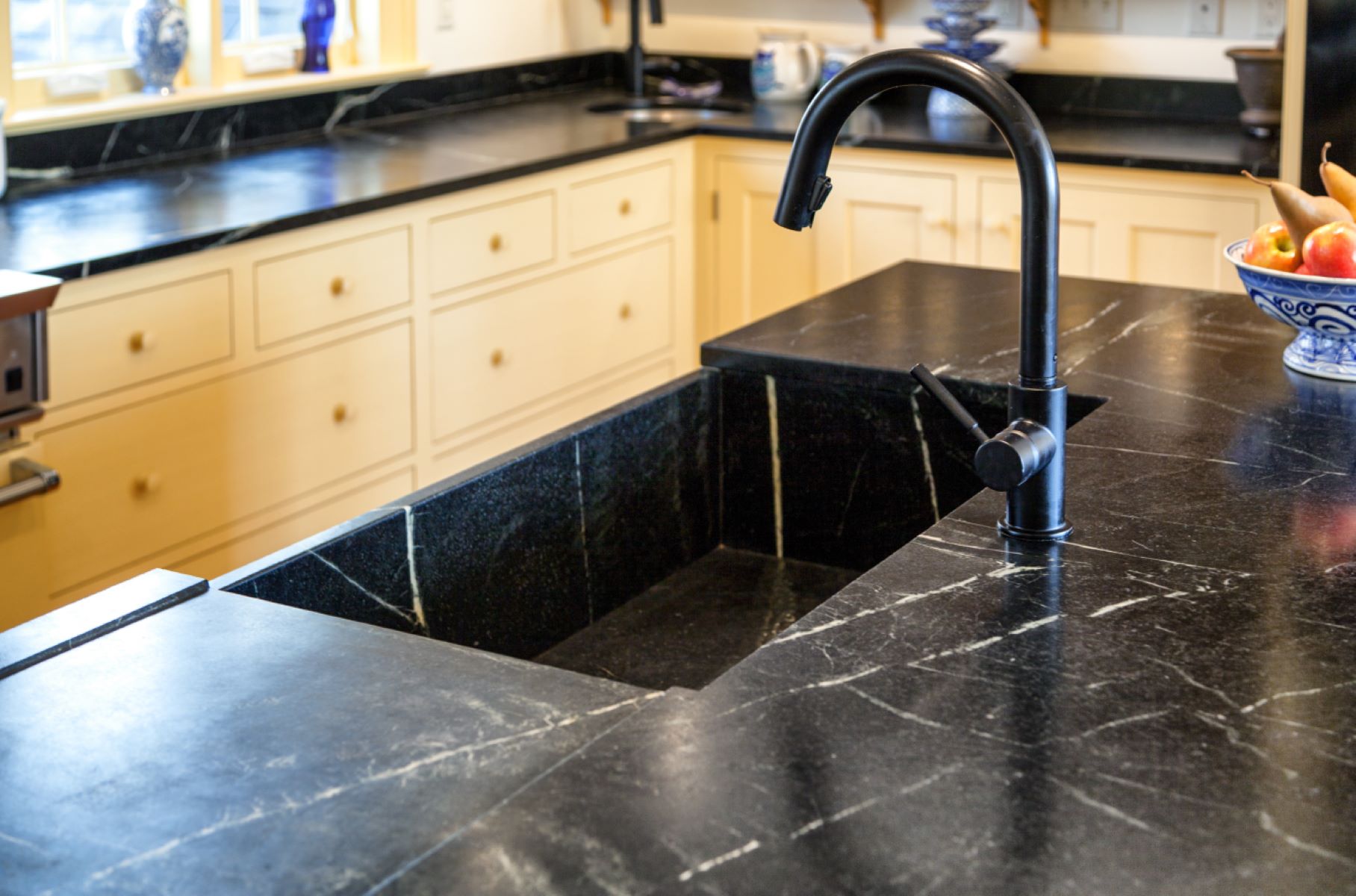

Articles
How To Maintain Soapstone Countertops
Modified: December 7, 2023
Learn effective methods for maintaining your soapstone countertops with our informative articles. Keep your countertops looking beautiful for years to come.
(Many of the links in this article redirect to a specific reviewed product. Your purchase of these products through affiliate links helps to generate commission for Storables.com, at no extra cost. Learn more)
Introduction
Welcome to the world of soapstone countertops! If you are considering installing soapstone countertops in your kitchen or bathroom, or if you already have them and want to learn how to properly maintain and care for them, you’ve come to the right place. In this article, we will guide you through understanding soapstone countertops, the benefits they offer, and provide you with expert tips on how to keep them looking their best.
Soapstone is a natural stone that has been used for centuries in homes around the world. It is known for its distinctive beauty, durability, and heat resistance. Soapstone countertops offer a unique and elegant look to any space, adding a touch of luxury and sophistication. Whether you prefer a modern or traditional style, soapstone countertops can complement any design aesthetic.
One of the key advantages of soapstone countertops is their ability to withstand high temperatures. This makes them ideal for use in the kitchen, especially near stovetops and around hot cooking utensils. Furthermore, soapstone is non-porous, which means it does not absorb liquids or stains as easily as other types of countertops.
While soapstone countertops are relatively low-maintenance, they do require periodic care to ensure their longevity and preserve their beauty. With the right cleaning techniques and preventive measures, you can keep your soapstone countertops looking flawless for years to come. By avoiding common mistakes and knowing how to deal with stains and scratches, you can easily maintain the shine and smoothness of your soapstone surfaces.
In the following sections, we will delve into the details of understanding soapstone countertops and the benefits they offer. We will provide you with step-by-step instructions on proper cleaning and maintenance techniques, as well as valuable tips to avoid pitfalls. We will also guide you on how to deal with stains and scratches, and how to restore the shine of your soapstone countertops when necessary.
So, if you’re ready to become a soapstone countertop expert, let’s dive in and discover how to maintain these beautiful surfaces with ease!
Key Takeaways:
- Elevate your space with timeless elegance and functionality by properly maintaining soapstone countertops. Embrace their heat resistance, non-porous nature, and durability for stunning, long-lasting surfaces.
- Keep your soapstone countertops looking flawless for years to come with regular cleaning, preventive measures, and effective stain and scratch removal techniques. Restore their natural shine and enjoy their unique character and beauty.
Read more: What Are Soapstone Countertops
Understanding Soapstone Countertops
Before we delve into the maintenance of soapstone countertops, let’s first understand what they are and why they are gaining popularity among homeowners and designers alike.
Soapstone is a naturally occurring metamorphic rock that is composed mainly of talc, as well as other minerals like magnesite, dolomite, and chlorite. It gets its name from its smooth and soap-like feel, which gives it a unique and luxurious appeal.
Soapstone countertops are known for their distinct appearance and texture. They have a muted, matte finish that comes in various shades of gray, ranging from light to dark. Some soapstone varieties may even feature subtle veining or mottling, adding character and depth to the surface.
One of the standout features of soapstone countertops is their heat resistance. They have excellent thermal properties, making them resistant to high temperatures. This means you can place hot pots, pans, and trays directly on the surface without worrying about damaging or scorching it.
Another key characteristic of soapstone is its non-porous nature. Unlike other natural stones like granite or marble, soapstone does not absorb liquids or stains easily. This makes it incredibly resistant to spills, making it an ideal choice for kitchen countertops where spills and accidents are common.
Soapstone is also known for its durability. It is a dense and sturdy material that can withstand daily wear and tear. While it may develop small scratches over time, these can often be easily buffed out or left to naturally fade, giving the surface its own unique patina.
Furthermore, soapstone requires minimal sealing or maintenance compared to other countertop materials. It is naturally resistant to bacteria and mold growth, making it hygienic for food preparation areas. All you need is regular cleaning and proper care to keep soapstone countertops looking their best.
Due to its timeless beauty, versatility, and durability, soapstone has become a popular choice for both traditional and modern kitchen and bathroom designs. Its neutral and elegant appearance makes it easy to blend with any color scheme or design style.
In the next section, we will explore the numerous benefits of installing soapstone countertops in your home or space. From their aesthetic appeal to their functional advantages, we will highlight why soapstone countertops are a worthwhile investment.
Benefits of Soapstone Countertops
Soapstone countertops offer a range of advantages that make them an excellent choice for homeowners. From their natural beauty to their functional benefits, here are some key reasons why soapstone countertops are a popular option:
- Timeless Beauty: Soapstone countertops have a distinctive and timeless appeal. Their muted, matte finish adds a touch of elegance and sophistication to any space. The varying shades of gray and subtle veining or mottling make each slab of soapstone unique, allowing for a personalized and one-of-a-kind look.
- Heat Resistance: Soapstone is renowned for its exceptional heat resistance. It can withstand high temperatures without warping or cracking, making it the perfect surface for placing hot pots, pans, and bakeware directly on the countertop. This feature is particularly valuable in the kitchen, where heat exposure is common.
- Non-Porous and Stain-Resistant: One of the standout characteristics of soapstone is its non-porous nature. Unlike other countertop materials like granite or marble, soapstone does not absorb liquids easily. This makes it highly resistant to stains from spills and prevents the growth of bacteria and mold. With proper care, soapstone countertops can maintain their pristine appearance for years to come.
- Durability: Soapstone is a dense and durable material that can withstand daily wear and tear. While it may develop small scratches over time, they can often be easily buffed out or left to naturally blend into the surface’s patina. Soapstone countertops are long-lasting and can handle the demands of a busy kitchen or bathroom.
- Easy to Maintain: Compared to other natural stones such as granite or marble, soapstone countertops require minimal maintenance. Regular cleaning with mild soap and water is usually sufficient to keep the surface clean and free from debris. There is no need for frequent sealing or special cleaning products, making soapstone countertops a convenient choice for busy households.
- Versatility: Soapstone countertops offer versatility in both design and functionality. They can complement various design styles, providing a neutral backdrop that blends well with different color schemes and décor choices. In addition to countertops, soapstone can also be used for backsplashes, sinks, and even fireplace surrounds, allowing for a cohesive and harmonious aesthetic throughout the space.
- Environmentally Friendly: Soapstone is a natural stone that is quarried from the earth, making it an environmentally friendly choice for countertops. It is a renewable resource and can be recycled, minimizing waste and reducing the environmental impact.
With their timeless beauty, impressive heat resistance, easy maintenance, and versatility, soapstone countertops offer numerous advantages for homeowners. Whether you are renovating your kitchen or bathroom or starting from scratch, soapstone can elevate the look and functionality of your space.
Now that you understand the benefits of soapstone countertops, let’s explore the proper cleaning and maintenance techniques to ensure their longevity and preserve their stunning appearance.
Proper Cleaning and Maintenance Techniques
Proper cleaning and maintenance are essential to keep your soapstone countertops looking their best. By following these techniques, you can ensure the longevity and beauty of your surfaces:
- Regular Cleaning: To keep your soapstone countertops clean, wipe them down regularly with a soft cloth or sponge and mild soap. Avoid using harsh chemical cleaners or abrasive scrubbers, as they can damage the surface. Rinse the countertop thoroughly with warm water and dry it with a clean towel to prevent water spots.
- Avoid Harsh Chemicals: Soapstone is naturally resistant to stains, so there is usually no need for heavy-duty cleaners. Avoid using acidic or abrasive cleaning products, as they can dull the surface and potentially cause etching. Stick to gentle, pH-neutral cleaners to maintain the beauty of your soapstone countertops.
- Wipe Spills Immediately: While soapstone is non-porous and resistant to stains, it is still a good practice to wipe up spills as soon as possible. Even though the liquid may not penetrate the surface, leaving spills sitting for long periods could potentially lead to slight discoloration over time.
- Avoid Cutting Directly on the Countertop: While soapstone is durable, it is not completely immune to scratches. To prevent any potential damage, always use cutting boards or mats when chopping, slicing, or preparing food. This will help protect the surface and maintain its smoothness.
- Use Trivets or Hot Pads: Although soapstone is heat-resistant, it is still advisable to use trivets or hot pads when placing hot pots, pans, or other hot objects on the countertop. While minor temperature fluctuations won’t harm the soapstone, extreme temperature changes could potentially cause the stone to crack or develop blemishes.
- Regularly Inspect and Seal if Needed: Soapstone countertops typically do not require sealing, as they are naturally non-porous. However, it is a good idea to regularly inspect the surface for any signs of wear or damage. If you notice any areas starting to lose their smoothness or becoming more absorbent, you may want to consider applying a food-grade mineral oil to rejuvenate the soapstone and enhance its natural beauty. Follow the manufacturer’s instructions carefully when applying the oil.
- Avoid Chemical Exposure: Avoid exposing your soapstone countertops to strong chemicals, such as bleach or ammonia. These chemicals can cause discoloration or damage the surface. If you accidentally spill any chemical substances, immediately rinse the area with water to minimize the potential for any adverse effects.
By implementing these proper cleaning and maintenance techniques, you can keep your soapstone countertops looking pristine and ensure their longevity. Remember, soapstone countertops are designed to age gracefully and develop a natural patina over time, adding to their unique charm.
Next, we will discuss common mistakes to avoid to preserve the beauty of your soapstone countertops.
Avoiding Common Mistakes
To maintain the beauty and integrity of your soapstone countertops, it’s important to avoid common mistakes that can potentially damage or diminish their appearance. By being aware of these pitfalls, you can ensure that your countertops stay in top-notch condition. Here are some common mistakes to steer clear of:
- Using Harsh Abrasives: Avoid using abrasive scrubbing pads, steel wool, or harsh cleaners when cleaning your soapstone countertops. These can scratch the surface and dull the natural beauty of the stone. Stick to soft cloths, non-abrasive sponges, and gentle cleaning solutions to preserve the countertop’s smooth and elegant appearance.
- Ignoring Spills and Stains: While soapstone countertops are resistant to stains, it’s still important to clean up spills promptly. Leaving spills unattended for extended periods can potentially cause slight discoloration or absorption into the stone over time. Wiping up spills as soon as possible will help maintain the pristine look of your countertops.
- Not Using Cutting Boards: Soapstone is durable, but it is still susceptible to scratching. Avoid cutting or chopping directly on the countertop surface, as this can leave visible marks and damage the stone. Always use cutting boards or mats to protect the soapstone from knife marks and maintain its smoothness.
- Placing Hot Objects Directly on the Surface: Although soapstone is heat-resistant, it is still best to use trivets, hot pads, or heat-resistant mats when placing hot pots, pans, or other heat-emitting objects on the countertops. Extreme temperature changes can potentially cause the stone to crack or develop blemishes, so it’s better to be cautious when it comes to hot items.
- Skipping Regular Maintenance: While soapstone countertops require minimal maintenance compared to other materials, regular care is still essential. Skipping routine cleaning and neglecting minor repairs or touch-ups can lead to more significant issues down the line. Make sure to clean the countertops regularly and address any scratches or stains promptly to keep your soapstone surfaces looking their best.
- Using Strong Chemicals: Soapstone is a natural stone that can react negatively to harsh chemicals. Avoid using bleach, ammonia, or acidic cleaners that can cause discoloration or damage the surface of the countertops. Stick to gentle, pH-neutral cleaners that are specifically formulated for natural stone surfaces.
- Neglecting to Replenish the Oil: While soapstone countertops typically do not require sealing, they can benefit from occasional oiling to maintain their natural luster. If you notice that the soapstone is becoming dull or losing its sheen over time, it may be time to apply a food-grade mineral oil to rejuvenate the surface. Follow the manufacturer’s instructions and guidelines for the oiling process.
By avoiding these common mistakes and following the proper cleaning and maintenance techniques, you can preserve the beauty and longevity of your soapstone countertops. Taking these proactive measures will ensure that your countertops remain a stunning focal point in your kitchen or bathroom for years to come.
Next, let’s explore some preventive measures you can take to enhance the longevity of your soapstone countertops.
To maintain soapstone countertops, regularly apply mineral oil to enhance its natural color and prevent stains. Clean with mild soap and water, avoiding harsh chemicals.
Read more: Where To Buy Soapstone Countertops
Preventive Measures for Longevity
Taking preventive measures is key to maintaining the longevity and beauty of your soapstone countertops. By implementing these proactive steps, you can ensure that your countertops stay in excellent condition for years to come:
- Use Cutting Boards and Trivets: To prevent scratches and potential heat damage, always use cutting boards when preparing food and trivets or hot pads when placing hot objects on the countertops. These simple measures will protect the soapstone surface from everyday wear and tear.
- Wipe Up Spills Immediately: While soapstone is resistant to stains, it’s still a good practice to wipe up spills promptly. This will prevent any potential discoloration or absorption into the stone. Use a soft cloth or sponge and a mild detergent to clean up spills, then rinse thoroughly with warm water and dry the surface.
- Avoid Harsh Chemicals and Cleaners: Opt for gentle, pH-neutral cleaners specifically formulated for natural stone surfaces. Avoid using harsh chemicals, bleach, ammonia, or abrasive cleaning solutions that can damage the soapstone surface and compromise its natural beauty. Stick to non-abrasive cloths or sponges when cleaning.
- Regularly Inspect and Attend to Minor Repairs: Routinely inspect your soapstone countertops for any signs of wear, scratches, or stains. Address minor repairs or touch-ups promptly to prevent them from becoming more significant issues. Buff out minor scratches with fine-grit sandpaper or apply a mineral oil to rejuvenate the surface.
- Replenish the Oil as Needed: Soapstone countertops do not typically require sealing, but they can benefit from occasional oiling to maintain their natural sheen. If you notice that the soapstone is losing its luster or becoming dull, apply a food-grade mineral oil following the manufacturer’s instructions to restore its beauty.
- Avoid Heavy Impact: While soapstone is durable, it is not indestructible. Avoid excessive force or heavy impact on the countertops, as this can cause chipping or cracking. Be mindful when handling heavy objects or utensils to prevent any potential damage.
- Maintain Good Cleaning Habits: Regularly clean your soapstone countertops with mild soap and water. This will help remove any dirt, debris, or food particles that can accumulate on the surface. It’s preferable to use a non-abrasive cloth or sponge and to rinse with warm water and dry the countertops afterward to minimize water spots.
By adopting these preventive measures, you can significantly enhance the longevity and durability of your soapstone countertops. These simple steps will ensure that your countertops remain beautiful and functional for many years while reducing the need for extensive repairs or maintenance down the line.
Now let’s move on to discussing how to deal with stains and scratches that may occur on your soapstone countertops.
Dealing with Stains and Scratches
Despite the durability of soapstone countertops, occasional stains and scratches may occur. Thankfully, there are effective methods for dealing with these issues and restoring the beauty of your countertops:
Stains:
If you notice a stain on your soapstone countertop, follow these steps:
- Act Quickly: It’s best to address stains as soon as possible. The longer a stain sits, the more difficult it can be to remove.
- Create a Poultice: For oil-based stains, mix a paste using baking soda or talcum powder and a small amount of water. For other types of stains, combine hydrogen peroxide and a small amount of dish soap to create a paste.
- Apply the Poultice: Spread the paste over the stained area, making sure it is slightly larger than the stain itself. Cover the poultice with plastic wrap and let it sit for 24 to 48 hours. The paste will draw out the stain from the soapstone.
- Remove the Poultice: After the designated time, remove the plastic wrap and let the poultice dry completely. Once dry, scrape off the poultice using a plastic scraper or credit card. Rinse the area with warm water and dry it thoroughly.
- If the Stain Persists: For stubborn stains, repeat the poultice application process. It may take multiple attempts to completely remove the stain.
- Prevent Future Stains: To avoid future stains, promptly clean up spills and avoid placing items that can potentially stain the soapstone directly on the countertop.
Scratches:
If you notice scratches on your soapstone countertop, follow these steps to minimize their visibility:
- Sand Lightly: For shallow scratches, lightly sand the area using fine-grit sandpaper. Make sure to sand in the direction of the grain of the soapstone.
- Blend the Surface: After sanding, dampen a sponge and gently rub it over the sanded area in circular motions to blend the surface. This will help to achieve a more uniform appearance.
- Apply Mineral Oil: Apply a small amount of food-grade mineral oil to the scratched area and surrounding surface. This can help to restore the color and sheen of the soapstone, minimizing the appearance of the scratches.
- Regular Cleaning and Maintenance: Implementing regular cleaning and maintenance practices, such as using cutting boards and avoiding harsh abrasives, can help prevent new scratches from occurring.
By following these steps for dealing with stains and scratches, you can effectively restore the appearance of your soapstone countertops. However, it’s important to note that larger or deeper scratches or stains may require professional attention or refinishing. In such cases, it is advisable to consult with a stone restoration specialist.
Now let’s move on to discussing how to restore the shine of your soapstone countertops when necessary.
Restoring the Shine of Soapstone Countertops
Over time, soapstone countertops may lose some of their natural shine due to regular use and exposure to various elements. However, restoring the shine of soapstone countertops is a relatively straightforward process. Follow these steps to bring back the luster and beauty of your soapstone surfaces:
- Clean the Countertops: Before attempting to restore the shine, make sure to thoroughly clean the countertops. Use a mild soap or stone cleaner and warm water to remove any dirt, grease, or residue that may be present on the surface. Rinse the countertops with water and dry them with a clean cloth.
- Apply Mineral Oil: After cleaning and drying the countertops, it’s time to restore the shine. Apply a small amount of food-grade mineral oil to the soapstone surface. Use a soft cloth or sponge to spread the oil evenly across the countertops. Allow the oil to sit on the surface for about 15 minutes, giving it time to penetrate the stone.
- Buff the Countertops: Using a clean, dry cloth, gently buff the countertops in circular motions. This process helps to evenly distribute the oil and bring out the natural shine of the soapstone. Continue buffing until the desired shine is achieved.
- Remove Excess Oil: After buffing, use a separate clean cloth to remove any excess oil from the surface. Wipe the countertops thoroughly to ensure that no oil residue remains.
- Repeat as Needed: Depending on the level of shine you desire, you may need to repeat the process of applying mineral oil and buffing the countertops. For a more intense shine, you can apply additional coats of mineral oil and buff each coat until the desired level of shine is achieved.
- Maintaining the Shine: To maintain the restored shine of your soapstone countertops, regularly clean them with a mild soap and water solution, and avoid using harsh abrasives or cleaners that can dull the surface. Periodically applying a thin layer of mineral oil can help to preserve the shine and protect the soapstone.
It’s important to note that soapstone countertops develop a natural patina over time, which is a part of their charm. Restoring the shine will enhance the look of the countertops, but it’s normal for the soapstone to develop a slightly weathered appearance with use. This adds character to the stone and further enhances its unique beauty.
By following these steps and regularly maintaining your soapstone countertops, you can keep them looking radiant and beautiful for years to come.
Now that you know how to restore the shine of your soapstone countertops, let’s summarize the key points we’ve covered.
Conclusion
Congratulations! You are now equipped with the knowledge and techniques to properly maintain and care for your soapstone countertops. By understanding the characteristics of soapstone, appreciating its benefits, and implementing the recommended cleaning and maintenance practices, you can ensure that your countertops remain stunning and functional for years to come.
Soapstone countertops offer a timeless beauty that can enhance any kitchen or bathroom design. With their heat resistance, non-porous nature, and durability, soapstone countertops provide numerous advantages for homeowners. They are not only visually appealing but also stand up to the demands of daily use.
Proper cleaning and maintenance are essential to preserve the beauty and longevity of your soapstone countertops. Regularly wiping down the surface, avoiding harsh chemicals, promptly attending to spills and stains, and using cutting boards and trivets are key practices to incorporate into your cleaning routine. By following these techniques, you can keep your countertops looking pristine and minimize the need for more extensive repairs or refinishing.
If you encounter stains or scratches on your soapstone countertops, don’t fret. By following the recommended steps, you can effectively address these issues and restore the appearance of your countertops. Whether it’s creating a poultice to remove stains or lightly sanding and buffing the surface to minimize scratches, the process is manageable and can be done with ease.
Remember to periodically replenish the oil on your soapstone countertops to maintain their natural sheen. Applying food-grade mineral oil and buffing the surface will help restore the shine and enhance the overall appearance of the stone. Additionally, regular cleaning and preventive measures, such as using cutting boards and avoiding heavy impact, will contribute to the long-term beauty and durability of your countertops.
With proper care and attention, your soapstone countertops will continue to be a stunning focal point in your home. Embrace the natural patina that develops over time and appreciate the unique character it brings to your space.
So, go ahead and enjoy the elegance and functionality of your soapstone countertops. From cooking meals to hosting gatherings, your countertops will serve as a beautiful and timeless backdrop for all your daily activities.
Thank you for joining us on this journey to discover how to maintain soapstone countertops. Wishing you many years of joy and satisfaction with your stunning soapstone surfaces!
Frequently Asked Questions about How To Maintain Soapstone Countertops
Was this page helpful?
At Storables.com, we guarantee accurate and reliable information. Our content, validated by Expert Board Contributors, is crafted following stringent Editorial Policies. We're committed to providing you with well-researched, expert-backed insights for all your informational needs.
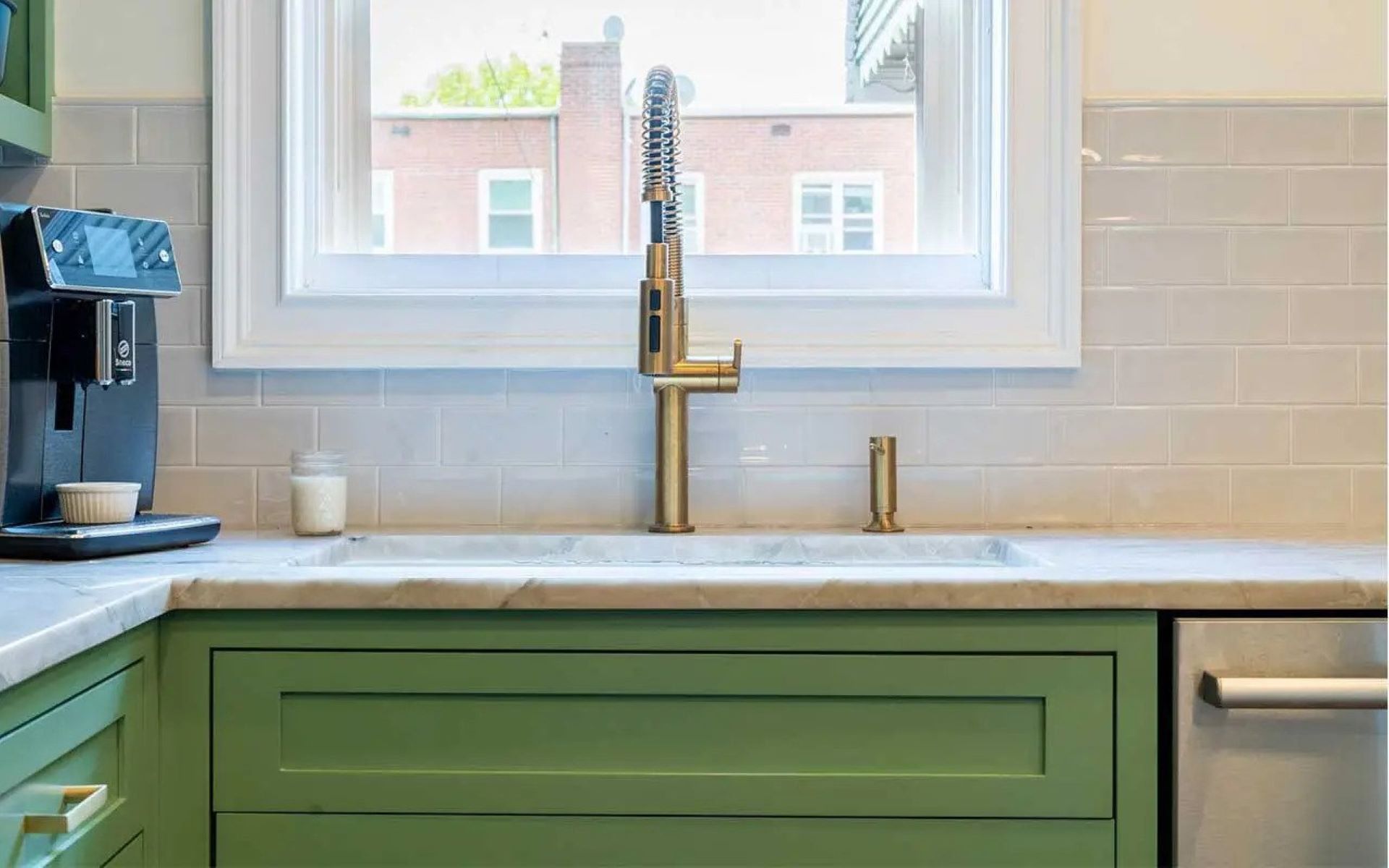
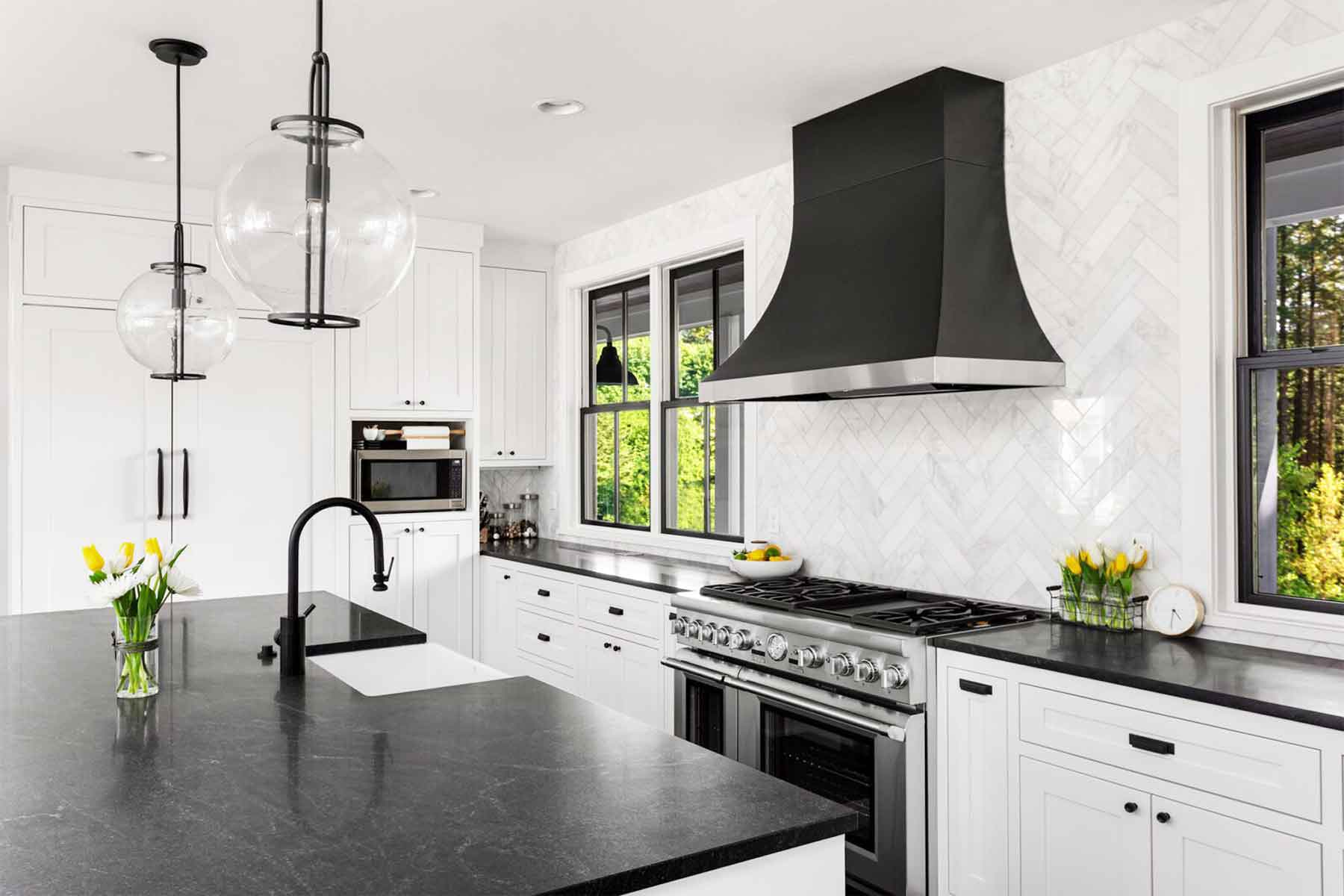
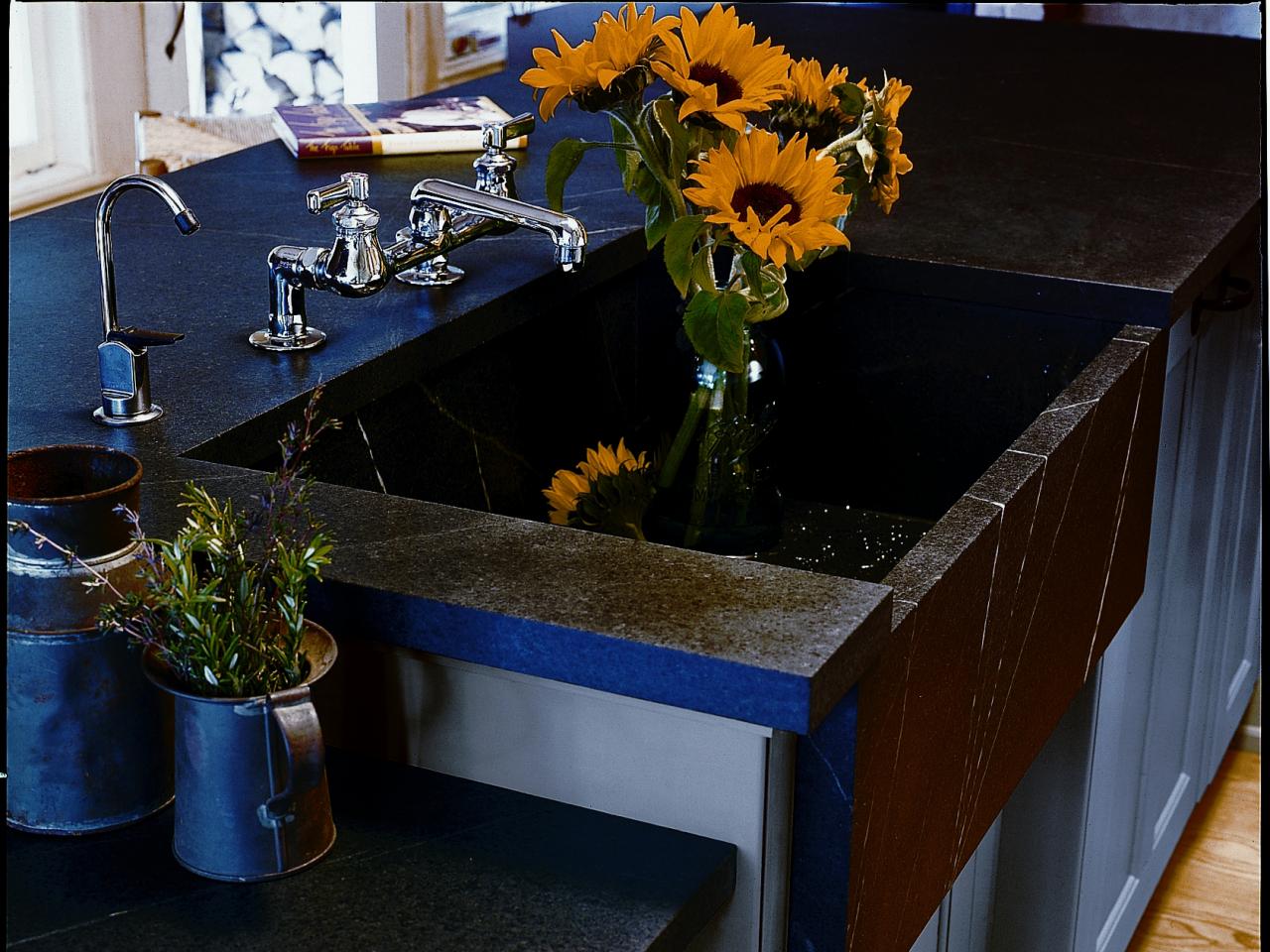
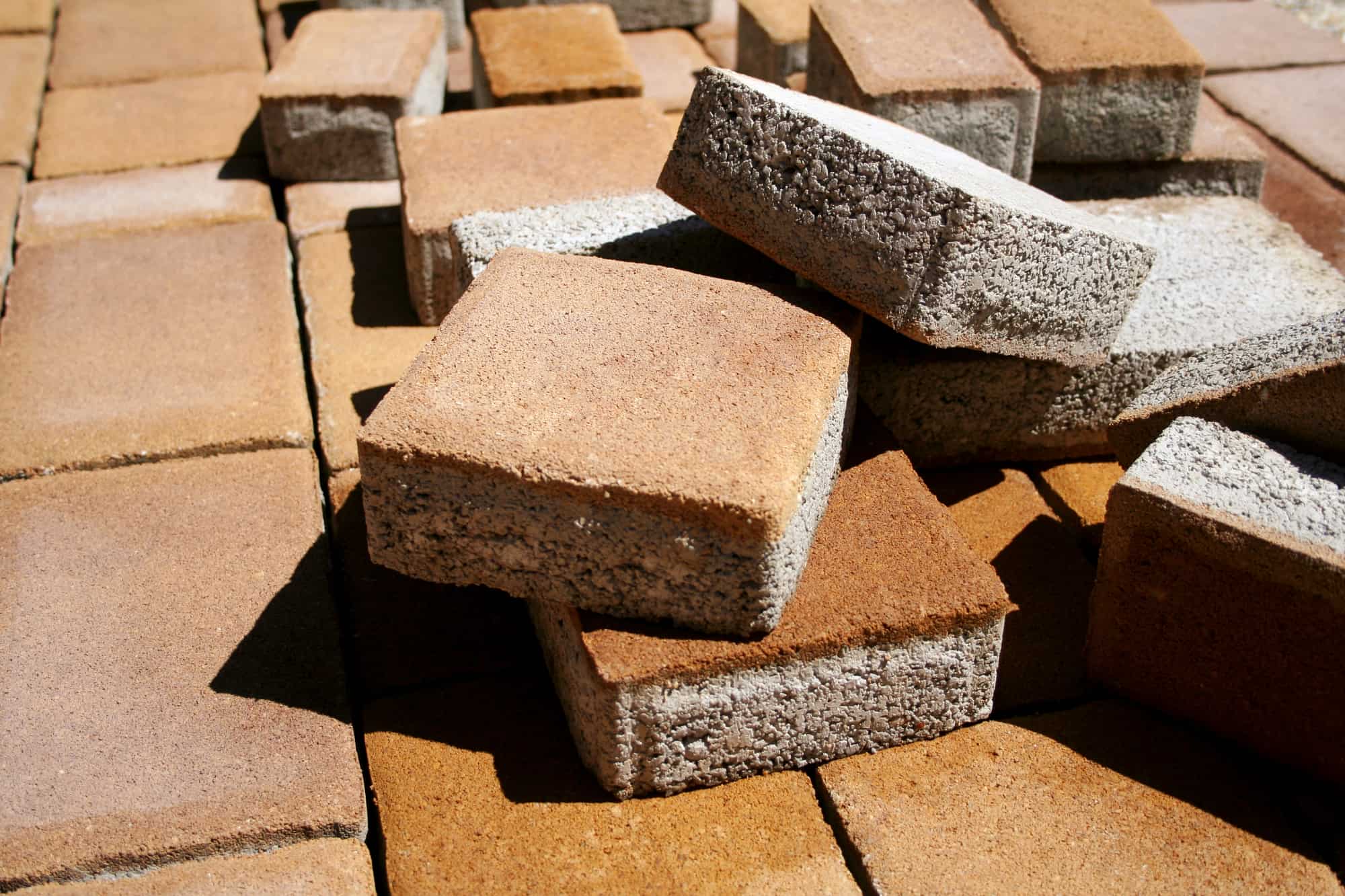
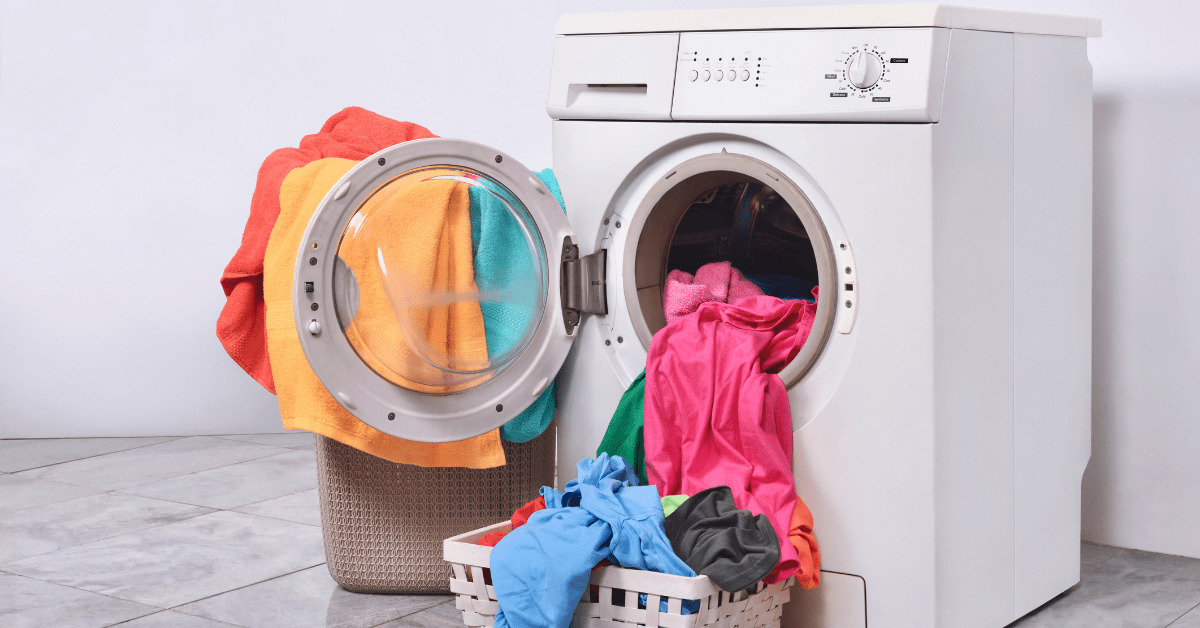
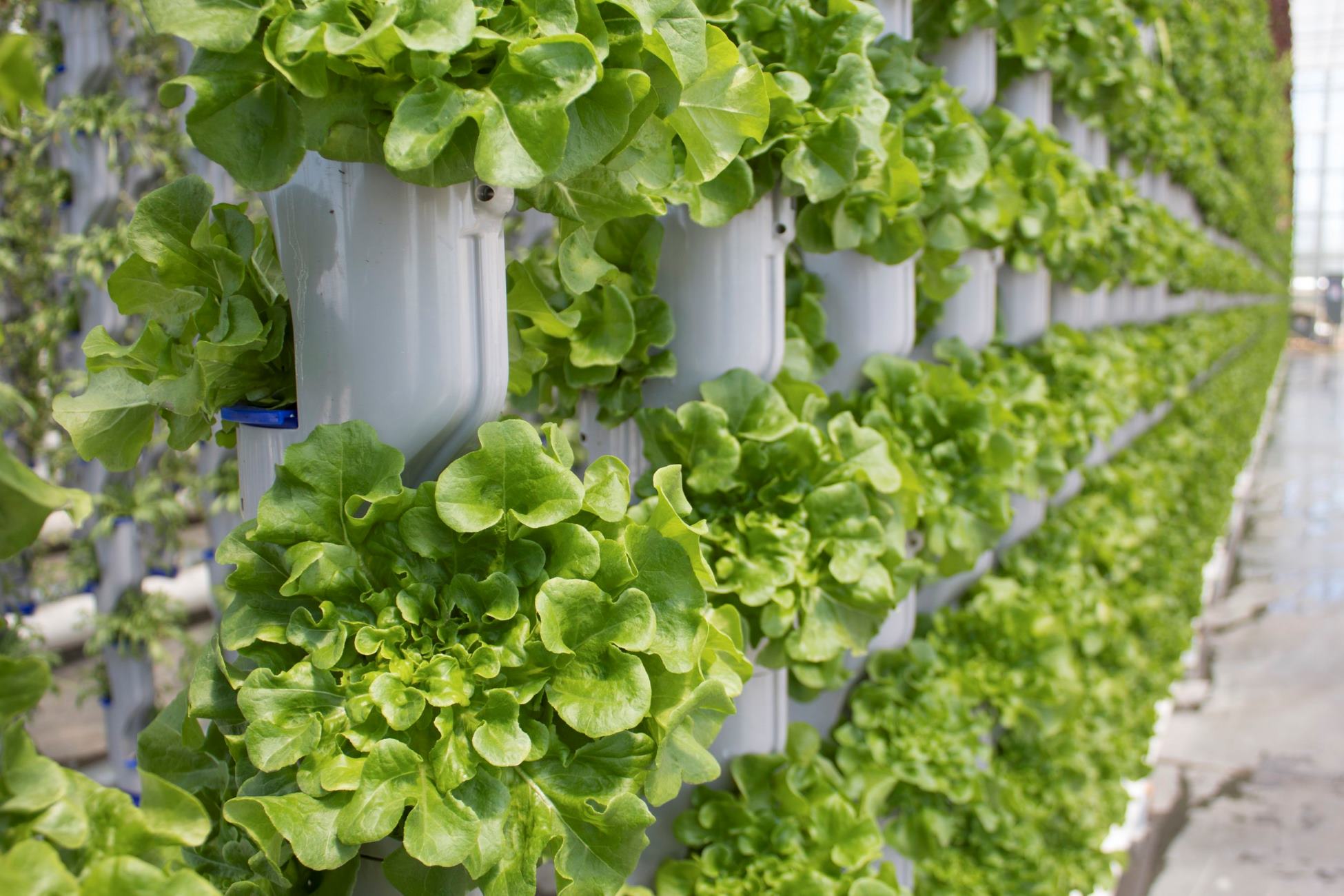
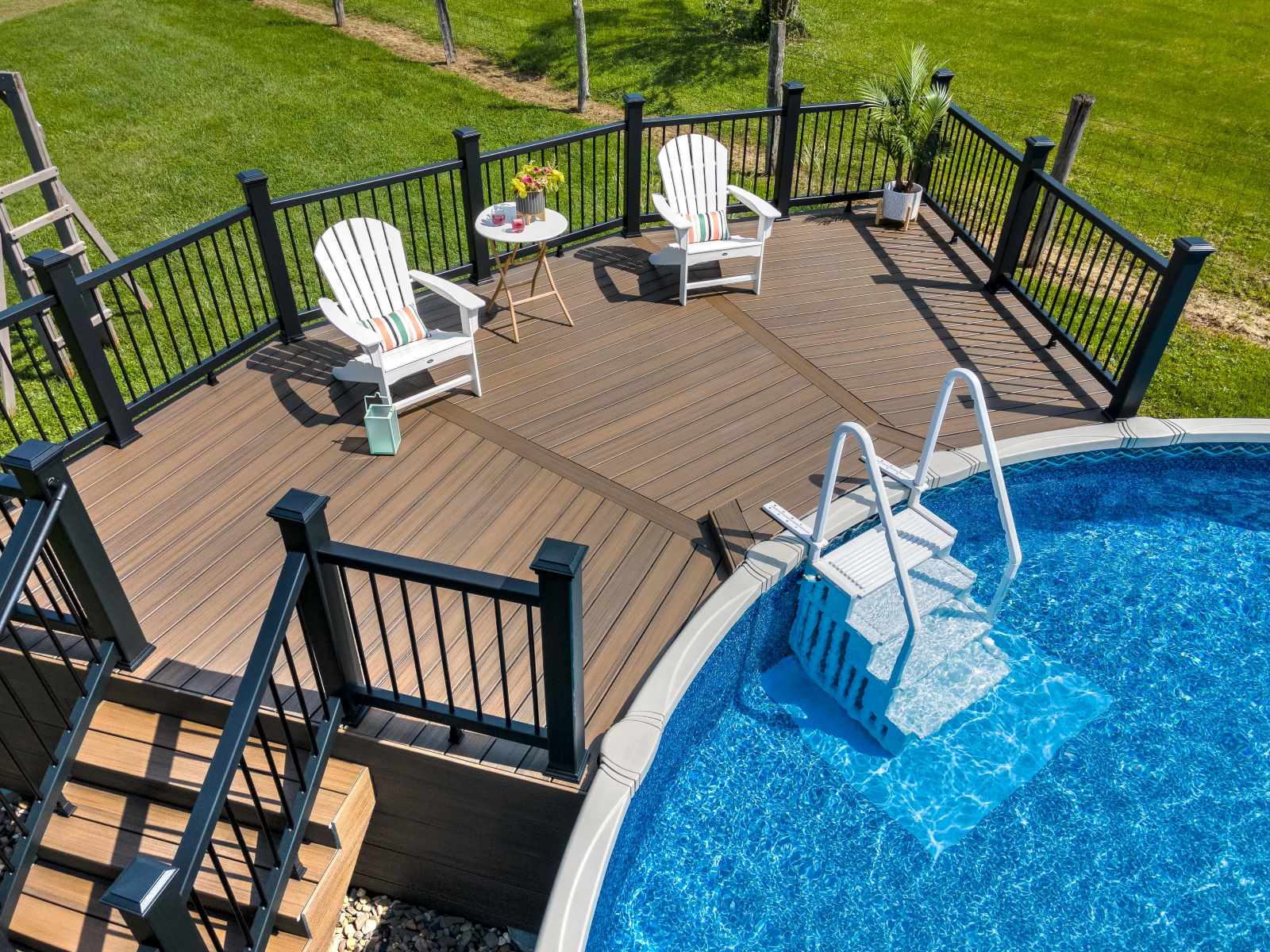
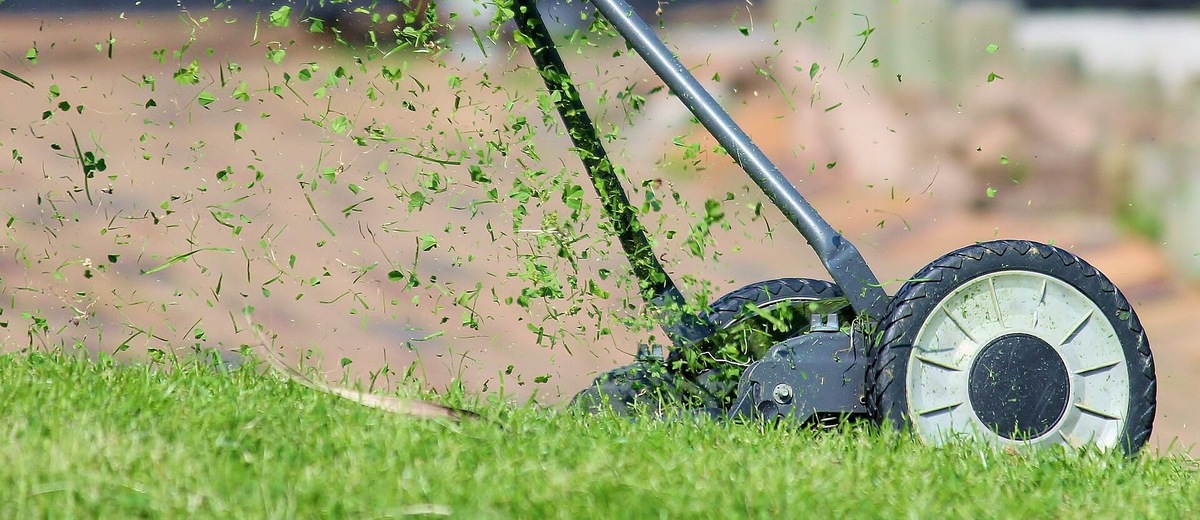
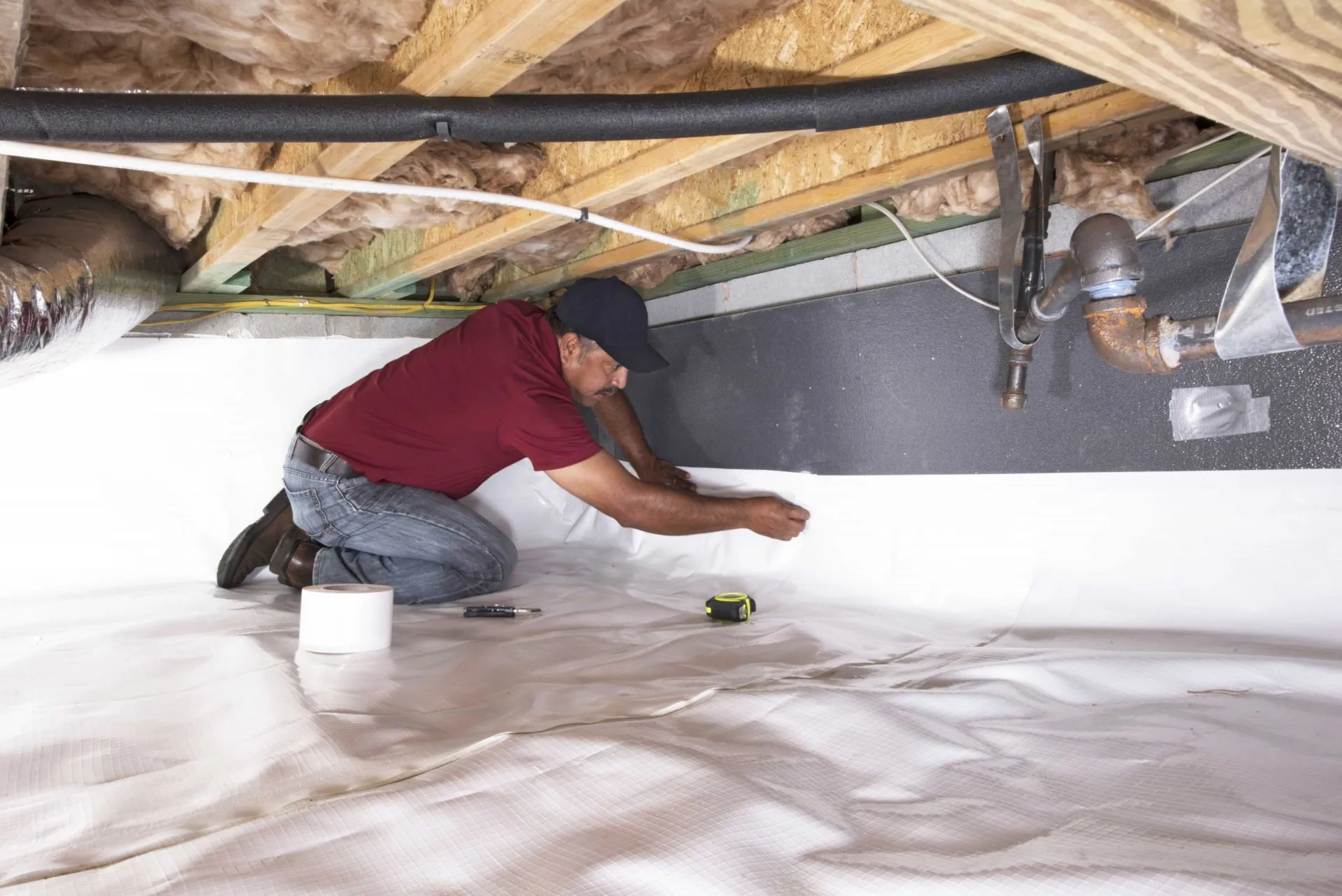
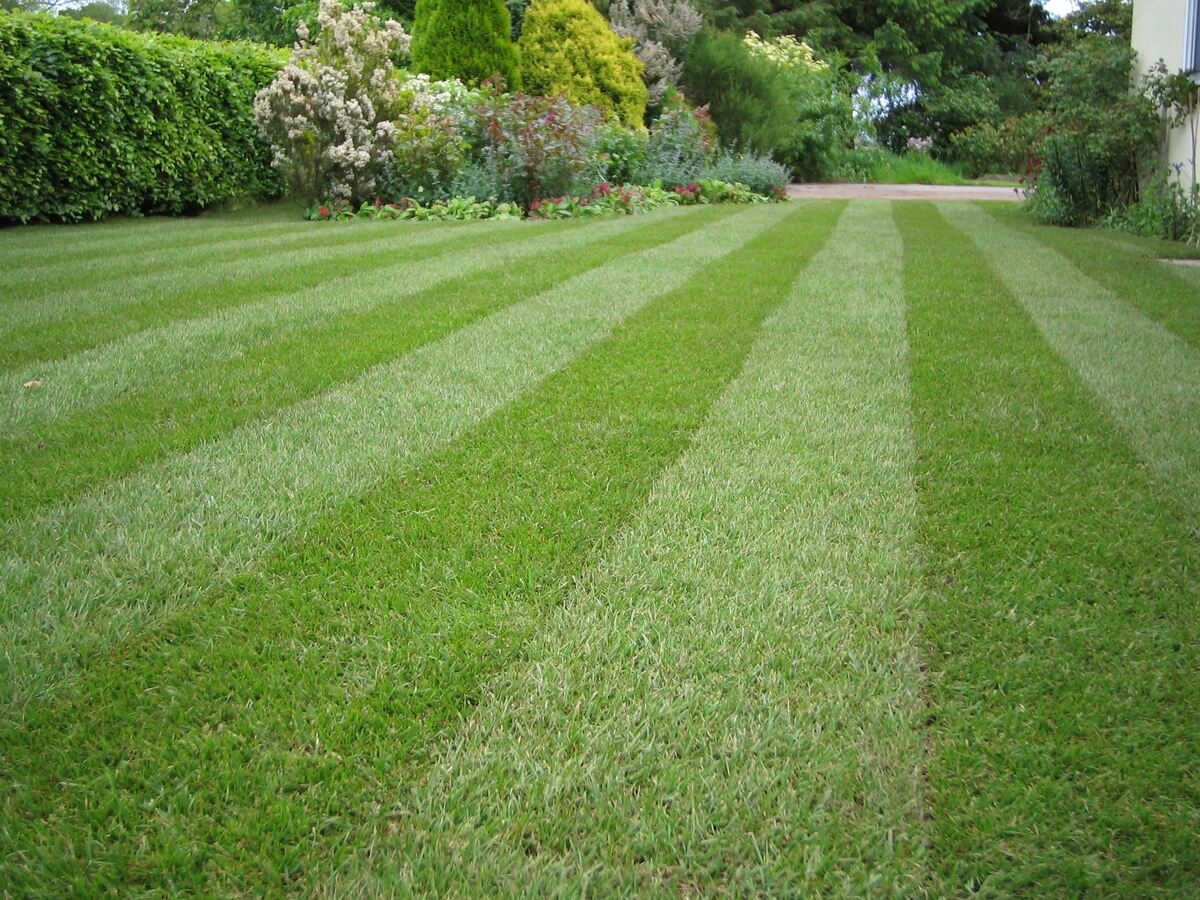
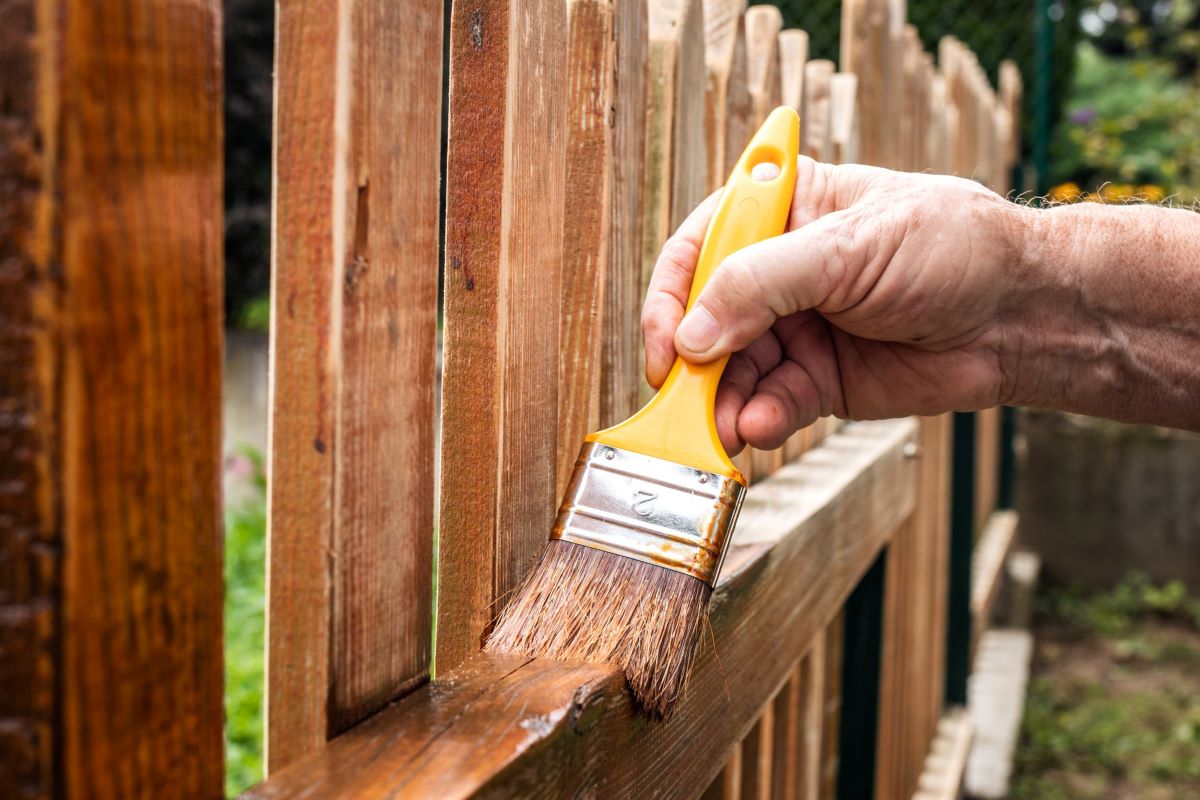


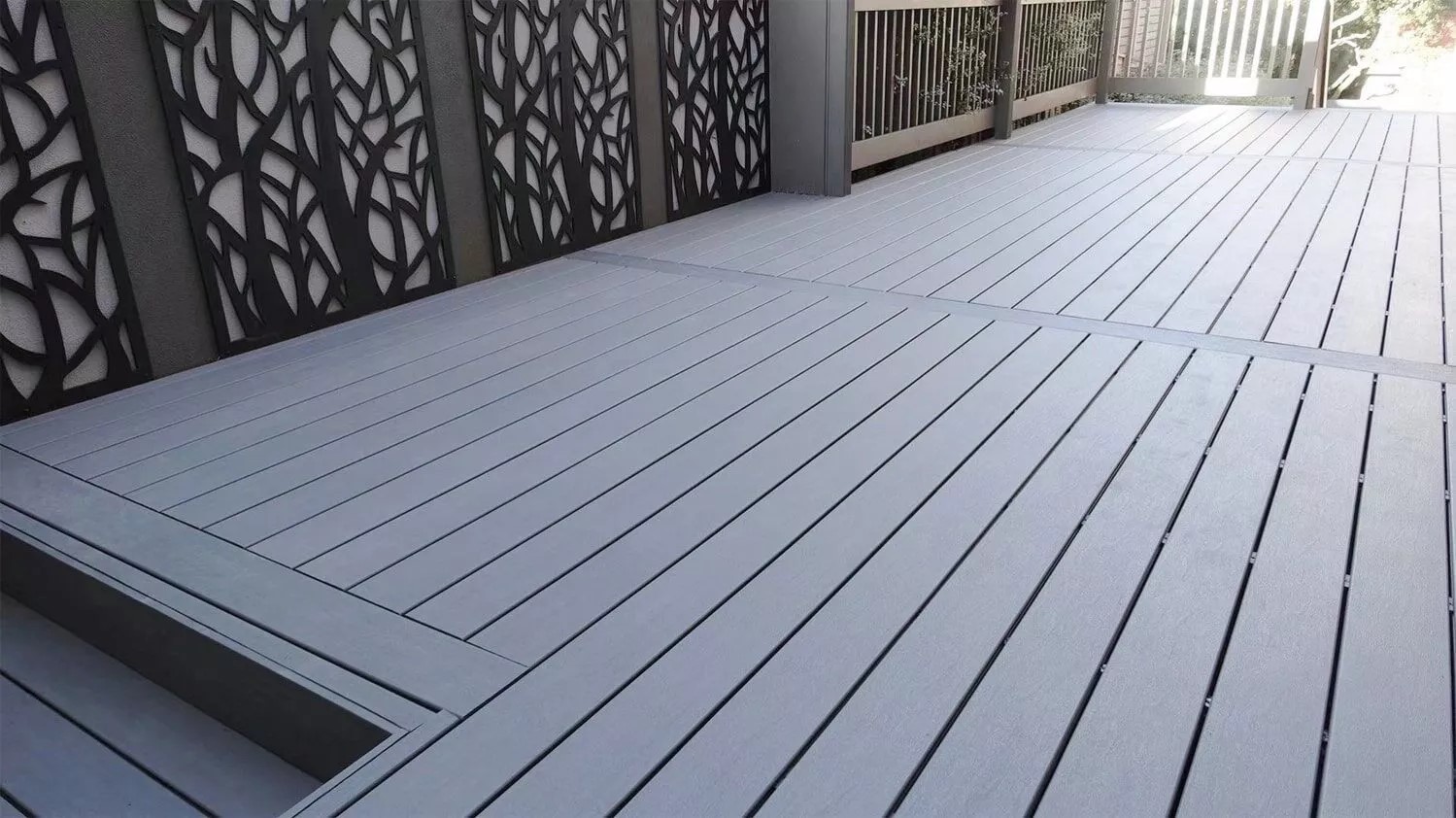

0 thoughts on “How To Maintain Soapstone Countertops”